Beta Hydroxy Acids Exfoliate the Skin, Reduce Inflammation, Decrease Skin Oil, Reduce Bacteria, Decrease Hyperpigmentation, and Promote the Penetration of Other Acne Medications

The Essential Info
Beta hydroxy acids (BHAs) are acids that are topically applied to treat a variety of skin conditions, including acne. Salicylic acid is the only widely-available and widely-used BHA.
Salicylic acid works by:
- Exfoliating the skin
- Reducing inflammation
- Decreasing skin oil
- Reducing bacteria
- Decreasing hyperpigmentation
- Promoting the penetration of other acne medications
Over-the-counter Salicylic Acid: Over-the-counter products containing salicylic acid come in concentrations up to 2%, and are somewhat effective.
Higher-percentage Salicylic Acid: Products with salicylic acid at concentrations greater than 2%, like chemical peels, must be applied by a professional, such as an esthetician/cosmetician, nurse, or doctor.
Side Effects: The side effects of over-the-counter salicylic acid are generally mild, and include only minor skin irritation, stinging, burning, and itching. Higher-percentage salicylic acid chemical peels can cause more severe side effects.

The Science
- Introduction to BHAs
- Types of BHAs Used to Treat Acne
- How Salicylic Acid Works to Clear Acne
- Salicylic Acid Treatments for Acne
- Characteristics That Affect the Strength of a BHA Product
- Side Effects of Salicylic Acid
- How Well Salicylic Acid Works on Acne
Introduction to BHAs
Beta hydroxy acids (BHAs) are a group of acids used to treat skin diseases like acne, ichthyosis, keratosis, warts, psoriasis, and sun-damaged skin. Of the several types of BHAs, salicylic acid is by far the BHA most often used in the treatment of skin diseases.
Beta hydroxy acids can be used at concentrations up to 70% to treat acne. They are effective at clearing some acne lesions but are more effective when used in combination with other acne treatments than as a stand-alone treatment.1-3
Types of BHAs Used to Treat Acne
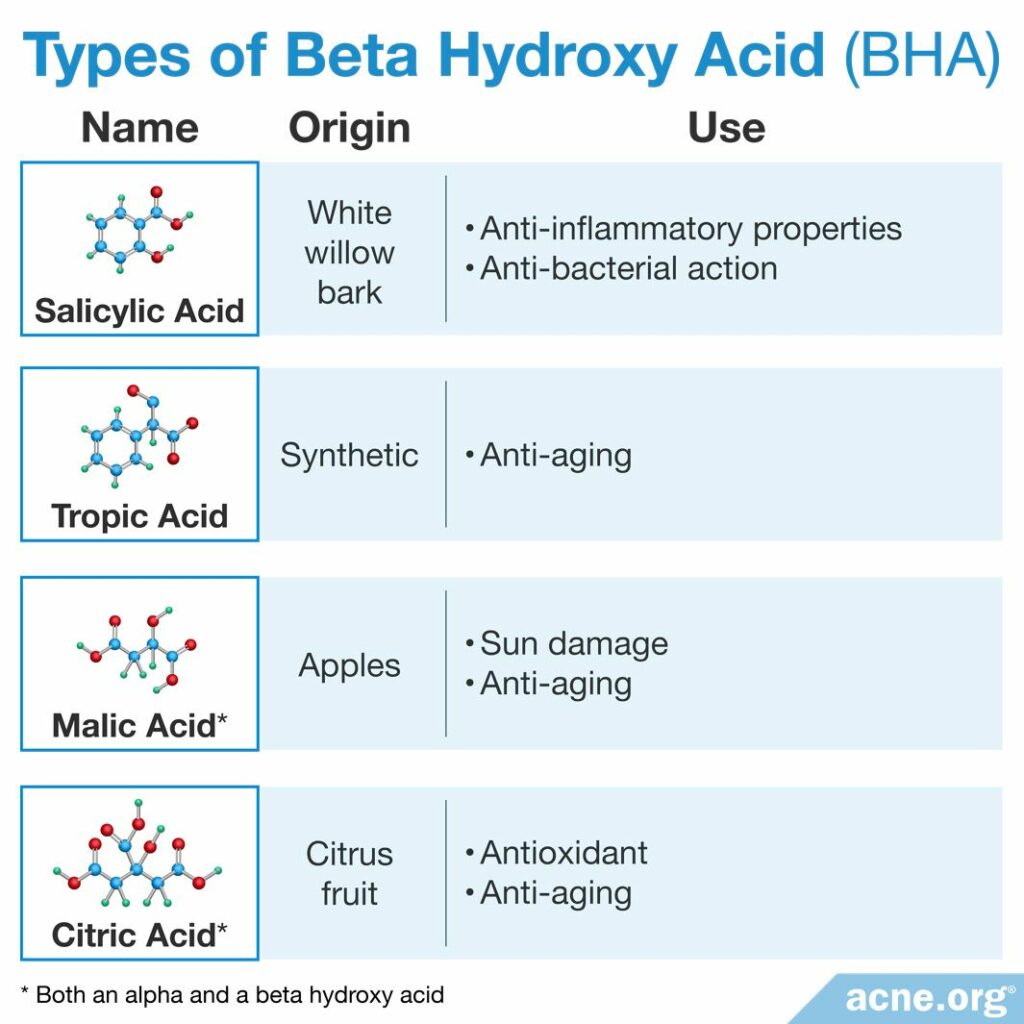
Although there are several types of BHAs, only salicylic acid is normally used to treat acne. Other BHAs include:
- Tropic acid: A BHA found in some cosmetic products due to its anti-aging properties, but there is no research investigating its ability to treat acne
- Malic acid: Both a beta hydroxy acid and an alpha hydroxy acid (AHA). AHAs are acids that can treat acne. The chemical properties of malic acid are more like those of an AHA than a BHA.
- Citric acid: Both a beta hydroxy acid and an alpha hydroxy acid. The chemical properties of citric acid are more like those of an AHA than a BHA.1-4
How Salicylic Acid Works to Clear Acne
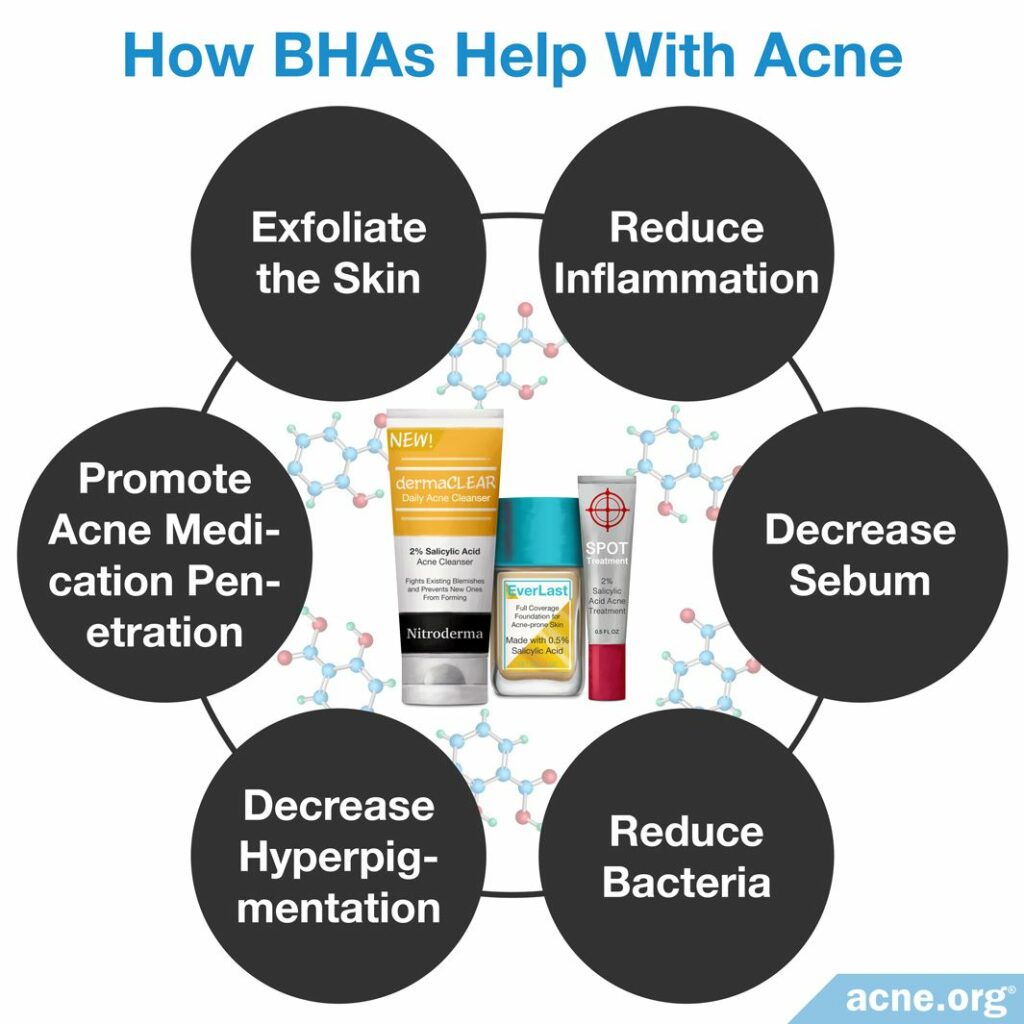
Salicylic acid works to clear acne because it:
- Exfoliates the skin: The accumulation of dead skin cells on the surface of the skin leads to clogged pores and acne. Exfoliation of the skin can thin this layer of dead skin cells, which can help unclog pores to prevent acne. Salicylic acid works to exfoliate the skin by interfering with proteins called desmosomes. Desmosomes are connector proteins that connect adjacent skin cells together. Salicylic acid can break down desmosomes, which helps to exfoliate the top layer of the skin and clear clogs blocking the opening of a pore.
- Reduces inflammation: Salicylic acid has anti-inflammatory properties, meaning that it can combat inflammation. Inflammation is present inside and around all acne lesions, and the anti-inflammatory properties of salicylic acid help to combat this inflammation. This may help clear existing acne and prevent acne lesion formation.
- Decreases skin oil: Healthy skin produces a skin oil, called sebum, that helps to keep the skin healthy and protected. Acne-prone individuals often produce too much sebum, which can accumulate inside of a clogged pore. Salicylic acid may decrease the amount of sebum the skin produces, which helps to prevent the development of clogged pores.
- Reduces bacteria: A bacteria called C. acnes thrives inside a clogged pore and can rapidly grow inside an acne lesion. C. acnes can make acne worse by recruiting inflammatory factors that can make the lesion red, swollen, and sore. It also can trigger the development of pus. Salicylic acid has antibacterial properties, meaning that it can decrease the amount of C. acnes inside acne lesions.
- Decreases hyperpigmentation: After an acne lesion heals, it sometimes leaves behind red/dark marks. Dermatologists call these marks, which are more common in people with non-Caucasian skin, post-inflammatory hyperpigmentation, or just hyperpigmentation for short. Salicylic acid can decrease hyperpigmentation by exfoliating the skin and promoting the growth of new skin cells. The hyperpigmentation decreases because new skin cells rapidly replace the old, discolored cells, which evens out the color of the skin.
- Promotes the penetration of other acne medications: To be effective at clearing acne, topical acne medications need to penetrate into the skin. A layer of accumulated dead skin cells can prevent medications from penetrating the skin’s surface, which reduces their effectiveness. Exfoliation of the topmost layer of skin by salicylic acid allows for other topical acne medications to penetrate the skin more easily, improving their effectiveness.1,2,5-7
Salicylic Acid Treatments for Acne
Salicylic acid is available in:
- Over-the-counter products
- Professionally-administered chemical peels
Over-the-counter products
Over-the-counter salicylic acid products contain salicylic acid at concentrations up to 2%.
These products work by helping to decrease inflammation, clear clogged pores, and decrease sebum production.
Due to the lower concentration, these products are safe to use at home and, while they can clear acne to some degree on their own, are normally used alongside other acne medications.
Professionally-administered peels
Although BHAs are commonly used in over-the-counter cosmetic products, they can also be applied in the form of a chemical peel. A chemical peel is an acid applied topically onto the skin of the face and/or neck, and allowed to sit for a period of time before it is removed from the skin.
When it comes to chemical peels, salicylic acid is used most commonly at a concentration ranging from 20 – 70%. High-percentage peels like this should never be used at home.
A salicylic acid peel works by:
- Exfoliating the skin: Salicylic acid peels exfoliate the top layer of skin, which helps to unclog pores
- Removing keratin plugs: The skin and hair contain a sticky protein, called keratin, that protects cells. A keratin plug in the skin is a structure formed in a pore from excess skin cells that can lead to acne by sticking together and clogging the opening of the pore. Salicylic acid has been shown to help remove these keratin plugs.
- Removing acne lesion contents: An acne lesion is often filled with skin cells, keratin, and bacteria. A salicylic acid peel can help to remove the contents of an acne lesion.
Professionally-administered chemical peels are only effective at clearing acne in people with mild to moderate acne and not in people with more severe forms of acne, including in those who present with several acne nodules and/or acne cysts.1,8
Characteristics That Affect the Strength of a BHA Product
When using salicylic acid to treat acne, there are two considerations to keep in mind:
- Concentration
- pH (how acidic)
Concentration
- Lower concentration – over-the-counter products
Over-the-counter salicylic acid treatments contain concentrations of up to 2%. Products with concentrations of salicylic acid of up to 2% are safe for daily use, and while they may be somewhat helpful for clearing acne on their own, they are most effective when used in combination with other medications. - Higher concentration – professionally-administered peels
Salicylic acid chemical peels contain much higher concentrations of salicylic acid, as high as 70%. Only professionals should administer salicylic acid peels at these high concentrations since they can cause severe side effects.
pH
pH is a scientific unit that measures the acidity of a compound. The pH scale ranges from 1 – 14, with “1” representing the most acidic substance and “14” representing the least acidic substance. For example, stomach acid has a pH of 2; water has a neutral pH of 7, and bleach has a pH of 12. The lower the pH of the salicylic acid, the more effective it is at clearing acne. However, a low pH also causes more side effects.
- Higher pH – over-the-counter products
Generally, over-the-counter products containing salicylic acid are formulated at a higher pH than professionally-administered peels - Lower pH – professionally-administered peels
Chemical peels performed by a skin care professional can have a pH of 2 or lower, making them more likely to cause severe side effects9
Side Effects of Salicylic Acid
Side effects of over-the-counter products
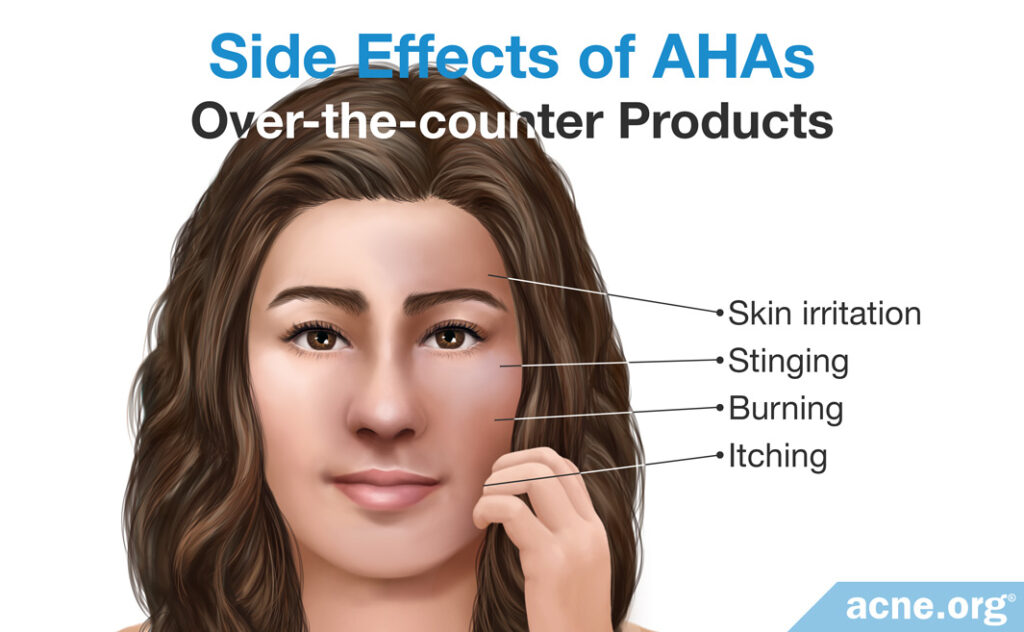
In general, the U.S. Food and Drug Administration (FDA) considers all over-the-counter hydroxy acids, including BHAs, to be safe for use. Some side effects of over-the-counter salicylic acid include:
- Skin irritation
- Stinging
- Burning
- Itching
Side effects of professionally-administered peels
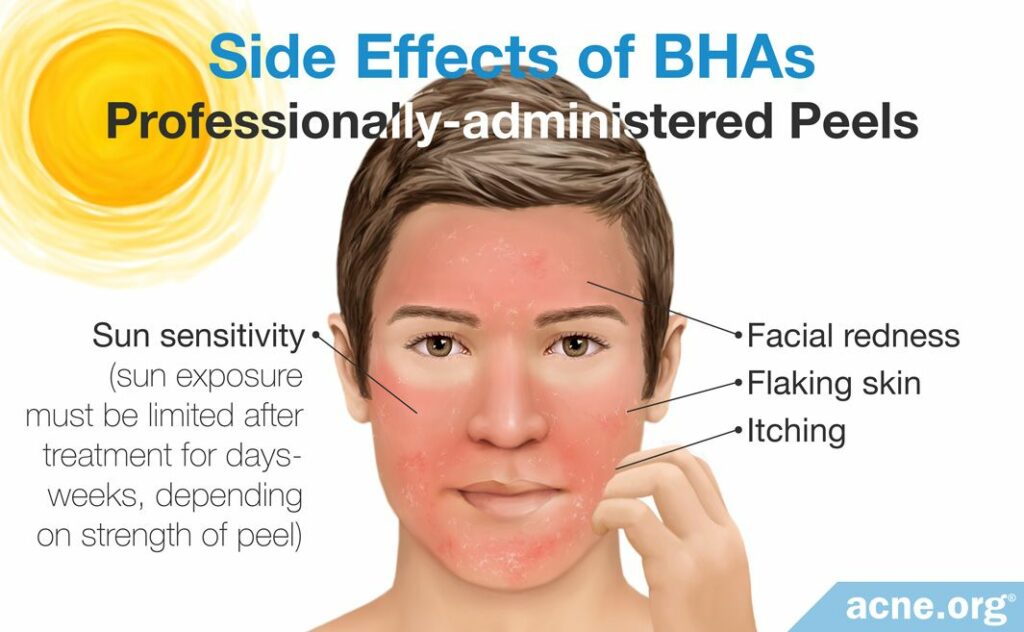
Salicylic acid peels at higher concentrations (20 – 70%) can cause additional side effects, including:
- Facial redness
- Flaking skin
- Itching
- Sun sensitivity
Sun sensitivity
The peeling of the top layer of skin can make the skin more prone to sunburn. Although research has not found any connection between salicylic acid and sun sensitivity, the FDA recommends the use of sunscreen for the entire duration of treatment and for at least one week post-treatment since salicylic acid can cause skin peeling.2,9-11
How Well Salicylic Acid Works on Acne
There are several studies investigating the effectiveness of both over-the-counter products and professionally-administered salicylic acid peels on acne.
Expand to read details of studies on over-the-counter BHA products
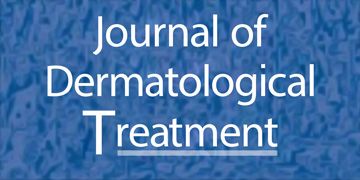
A 1996 study published in the Journal of Dermatological Treatment investigated the effectiveness of a 2% salicylic acid lotion in 114 men and women with facial acne over the course of a 12-week treatment. The researchers found that the 2% salicylic acid treatment reduced the total number of acne lesions by 47%.12
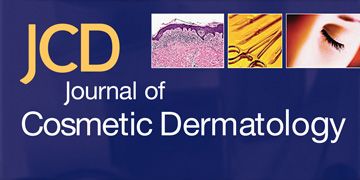
A 2009 study published in the Journal of Cosmetic Dermatology investigated the effectiveness of a 0.3% salicylic acid treatment in 80 men and women with facial acne over the course of a 12-week treatment. The researchers found that the 0.3% salicylic acid treatment reduced the total number of acne lesions by 44%.13
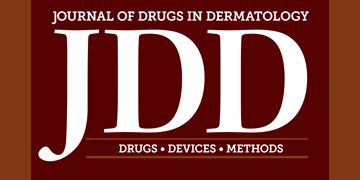
A 2012 study published in the Journal of Drugs in Dermatology investigated the effectiveness of a 0.5% salicylic acid treatment in 47 men and women with facial acne over the course of an 8-week treatment. The researchers found that the 0.5% salicylic acid treatment reduced the total number of acne lesions by 30.8%.14

A 2013 study published in the Journal of Drugs in Dermatology investigated the effectiveness of a 1.5% salicylic acid toner in 80 men and women with facial acne over the course of an 8-week treatment. The researchers found that the 1.5% salicylic acid treatment reduced the total number of acne lesions by 75%.15
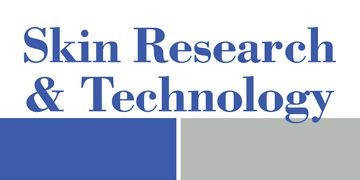
A 2013 study published in the journal of Skin Research and Technology investigated the effectiveness of a 1.5% salicylic acid cream in 20 men and women with facial acne over the course of a 4-week treatment. The researchers found that the 1.5% salicylic acid treatment reduced the total number of acne lesions by 63.4%.16
Expand to read details of studies on professionally-administered BHA peels

A 2011 study published in the Journal of Cosmetic Dermatology investigated the effectiveness of a 20% salicylic acid peel on 20 men and women with facial acne over the course of a 12-week treatment. The researchers found that the 20% salicylic acid peel reduced the number of inflammatory acne lesions (papules, pustules, nodules, and cysts) by 40.9% and the number of non-inflammatory acne lesions (whiteheads and blackheads) by 48.5%.17

A 2013 study published in Dermatologic Surgery investigated the effectiveness of a 30% salicylic acid peel in 13 men and women with facial acne over the course of a 6-week treatment. The researchers found that the 30% salicylic acid peel reduced the number of inflammatory acne lesions by 36.1% and the number of non-inflammatory acne lesions by 35.2%.18

A 2017 study published in the Journal of Cosmetic Laser Therapy investigated the effectiveness of a 10% salicylic acid gel in 22 men and women with facial acne over the course of a 10-week treatment. The researchers found that the 10% salicylic acid gel reduced the number of inflammatory acne lesions by 68.4% and the number of non-inflammatory acne lesions by 52.9%.19

A 2017 study published in the Journal of Cosmetic Dermatology compared the efficacy of a 30% salicylic acid peel with another chemical peel called Jessner’s peel. Jessner’s peel contains 14% salicylic acid, 14% resorcinol, and 14% lactic acid (an AHA). The researchers found that the 30% salicylic acid peel was more effective than Jessner’s peel at treating mild-to-moderate acne.20
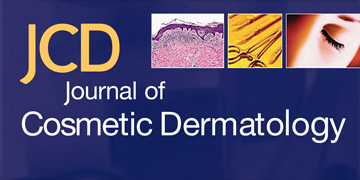
Similarly, a 2020 study published in the Journal of Cosmetic Dermatology compared the efficacy of a 30% salicylic acid peel to a 45% mandelic acid peel in 50 patients with mild-to-moderate acne. Mandelic acid is an AHA. The patients received 6 peel treatments at 2-week intervals, for a total of 12 weeks of treatment. At the end of the 12 weeks, salicylic acid had decreased the total number of inflammatory and non-inflammatory acne lesions by 79%, compared to 74% for mandelic acid. However, the researchers found that salicylic acid caused more side effects than mandelic acid.21
However, a systematic review that looked at all the studies to date comparing different chemical peels concluded that we do not have enough information to say definitively that any one chemical peel is better than another for treating acne. The authors of the review wrote, “Commonly used chemical peels appear to be similarly effective for mild-to-moderate acne.”22
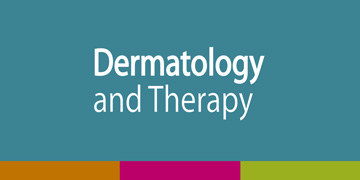
Finally, a 2023 study published in the journal Dermatology and Therapy tested the efficacy of 30% salicylic acid for the treatment of moderate-to-severe acne. A total of 28 patients received the treatment every other week for 2 months. The researchers reported “moderate improvement” in acne in 42.9% of the patients and “obvious improvement” in 57.1% of the patients.23
From this data, we can conclude that over-the-counter products and professionally-administered salicylic acid peels are both somewhat effective at clearing acne. However, it is best to combine salicylic acid products with other acne medications if your goal is to achieve dramatic or full clearing of acne. Analyzing this data also leads us to conclude that over-the-counter salicylic acid products can reduce the total number of acne lesions by 50.9% on average, while professionally-administered peels can reduce, on average, the number of inflammatory acne lesions by 48.5%, and non-inflammatory lesions by 45.5%. As we can see from these numbers, improvement can be expected, but to completely clear the skin, salicylic acid should be combined with other medications.
References
- Kessler, E., Flanagan, K., Chia, C., Rogers, C. & Glaser, D. A. Comparison of α- and β-hydroxy acid chemical peels in the treatment of mild to moderately severe facial acne vulgaris. Dermatol Surg 34, 45 – 51 (2008). https://www.ncbi.nlm.nih.gov/pubmed/18053051
- Kornhauser, A., Coelho, S. G. & Hearing, V. J. Applications of hydroxy acids: classification, mechanisms, and photoactivity. Clin Cosmet Investig Dermatol 3, 135 – 142 (2010). https://www.ncbi.nlm.nih.gov/pmc/articles/PMC3047947/
- Green, B. A., Yu, R. J. & Van Scott, E. J. Clinical and cosmeceutical uses of hydroxyacids. Clin Dermatol 27, 495 – 501 (2009). https://www.ncbi.nlm.nih.gov/pubmed/19695482
- Fabbrocini, G., De Padova, M. P. & Tosti, A. Chemical peels: what’s new and what isn’t new but still works well. Facial Plast Surg 1, 329 – 336 (2009). https://www.ncbi.nlm.nih.gov/pubmed/20024875
- Araviiskaia, E. & Dréno, B. The role of topical dermocosmetics in acne vulgaris. J Eur Acad Dermatol Venereol 30, 926 – 935 (2016). https://www.ncbi.nlm.nih.gov/pubmed/26916232
- Draelos, Z., Lewis, J., Mchugh, L., Pellegrino, A. & Popescu, L. Novel retinoid ester in combination with salicylic acid for the treatment of acne. J Cosmet Dermatol 15, 36 – 42 (2015). https://www.ncbi.nlm.nih.gov/pubmed/26516077
- Arif, T. Salicylic acid as a peeling agent: a comprehensive review. Clin Cosmet Investig Dermatol 8, 455 – 461 (2015). https://www.ncbi.nlm.nih.gov/pubmed/26347269
- Dréno, B. et al. Efficacy of superficial chemical peels in active acne management – What can we learn from the literature today? Evidence-based recommendations. J Eur Acad Dermatol Venereol 25, 695 – 704 (2011). https://www.ncbi.nlm.nih.gov/pubmed/21029205
- Rhein, L., Chaudhuri, B., Jivani, N., Fares, H. & Davis, A. Targeted delivery of salicylic acid from acne treatment products into and through skin: role of solution and ingredient properties and relationships to irritation. J Cosmet Sci 55, 65 – 80 (2004). https://www.ncbi.nlm.nih.gov/pubmed/15037921
- Sams, R. et al. Effects of α- and β-Hydroxy acids on the edemal response induced in female SKH-1 mice by simulated solar light. Toxicol Appl Pharmacol 184, 136 – 143 (2002). https://www.ncbi.nlm.nih.gov/pubmed/12460741
- FDA. Alpha-Hydroxy Acids. https://www.fda.gov/cosmetics/productsingredients/ingredients/ucm107940.htm
- Eady, E. A., Burke, B. M., Pulling, K. & Cunliffe, W. J. The benefit of 2% salicylic acid lotion in acne a placebo-controlled study. J Dermatol Treat 7, 93 – 96 (1996). https://www.tandfonline.com/doi/abs/10.3109/09546639609089537
- Bissonnette, R. et al. Randomized study comparing the efficacy and tolerance of a lipophillic hydroxy acid derivative of salicylic acid and 5% benzoyl peroxide in the treatment of facial acne vulgaris. J Cosmet Dermatol 8, 19 – 23 (2009). https://www.ncbi.nlm.nih.gov/pubmed/19250161
- Moy, R. L., Levenson, C., So, J. J. & Rock, J. A. Single-center, open-label study of a proprietary topical 0.5% salicylic acid-based treatment regimen containing sandalwood oil in adolescents and adults with mild to moderate acne. J Drugs Dermatol 11, 1403 – 8 (2012). https://www.ncbi.nlm.nih.gov/pubmed/23377508
- Green, L., Kircik, L. H. & Gwazdauskas, J. Randomized, controlled, evaluator-blinded studies conducted to compare the efficacy and tolerability of 3 over-the-counter acne regimens in subjects with mild or moderate acne. J Drugs Dermatol 12, 180 – 5 (2013). https://www.ncbi.nlm.nih.gov/pubmed/23377391
- Zheng. et al. Clinical evidence on the efficacy and safety of an antioxidant optimized 1.5% salicylic acid (SA) cream in the treatment of facial acne: an open, baseline-controlled clinical study. Skin Res Technol 19, 125 – 130 (2013). https://www.ncbi.nlm.nih.gov/pubmed/23331850
- Levesque, A., Hamzavi, I., Seite, S., Rougier, A. & Bissonnette, R. Randomized trial comparing a chemical peel containing a lipophilic hydroxy acid derivative of salicylic acid with a salicylic acid peel in subjects with comedonal acne. J Cosmet Dermatol 10, 174 – 8 (2011). https://www.ncbi.nlm.nih.gov/pubmed/21896127
- Bae, B. G. et al. Salicylic acid peels versus Jessner’s solution for acne vulgaris: a comparative study. Dermatol Surg 39, 248 – 53 (2013). https://www.ncbi.nlm.nih.gov/pubmed/23121256
- Alba, M. N., Gerenutti, M., Yoshida, V. M. & Grotto, D. Clinical comparison of salicylic acid peel and LED-Laser phototherapy for the treatment of Acne vulgaris in teenagers. J Cosmet Laser Ther 19, 49 – 53 (2017). https://www.ncbi.nlm.nih.gov/pubmed/27762647
- Dayal, S., Amrani, A., Sahu, P. & Jain, V. K. Jessner’s solution vs. 30% salicylic acid peels: a comparative study of the efficacy and safety in mild-to-moderate acne vulgaris. J Cosmet Dermatol 16, 43-51 (2017). https://pubmed.ncbi.nlm.nih.gov/27557589/
- Dayal, S., Kalra, K. D. & Sahu, P. Comparative study of efficacy and safety of 45% mandelic acid versus 30% salicylic acid peels in mild-to-moderate acne vulgaris. J Cosmet Dermatol 19, 393-399 (2020). https://pubmed.ncbi.nlm.nih.gov/31553119/
- Chen, X., Wang, S., Yang, M. & Li, L. Chemical peels for acne vulgaris: a systematic review of randomised controlled trials. BMJ Open 8, e019607 (2018). https://www.ncbi.nlm.nih.gov/pubmed/29705755
- Shao, X., Chen, Y., Zhang, L., Zhang, Y., Ariyawati, A., Chen, T., Chen, J., Liu, L., Pu, Y., Li, Y. & Chen, J. Effect of 30% supramolecular salicylic acid peel on skin microbiota and inflammation in patients with moderate-to-severe acne vulgaris. Dermatol Ther (Heidelb). 13, 155-168 (2023). https://pubmed.ncbi.nlm.nih.gov/36350527/
The post How Beta Hydroxy Acids (BHAs) Help with Acne appeared first on Acne.org.
